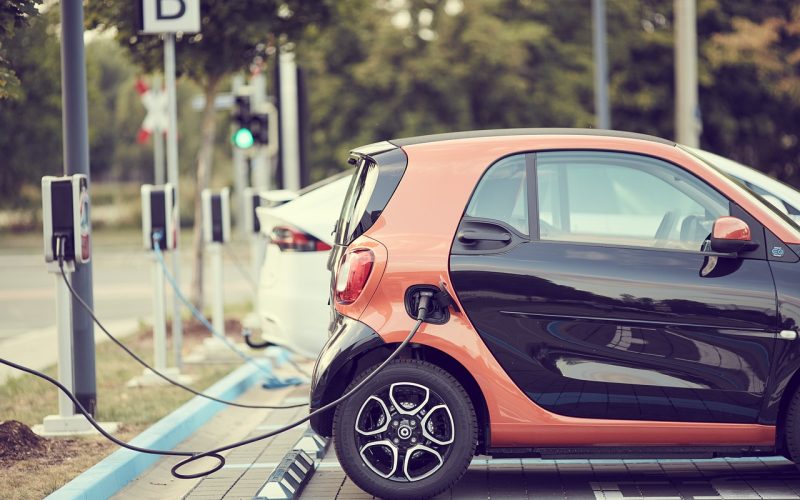In recent years, governments worldwide have intensified efforts to reduce carbon emissions and combat climate change. One of their primary targets? The transportation sector, which is responsible for a significant portion of global greenhouse gas emissions. To address this, many countries are implementing initiatives designed to encourage car owners to switch from traditional internal combustion vehicles to electric vehicles (EVs). These initiatives range from financial incentives to improved infrastructure, making the transition to electric cars more appealing and accessible than ever before.
Financial incentives for electric car buyers
One of the most effective ways governments are enticing car owners to make the switch to electric vehicles is through financial incentives. These incentives often come in the form of tax credits, rebates, or grants, reducing the overall cost of purchasing an electric car. For instance, the UK government offers a plug-in car grant that contributes towards the cost of eligible new electric vehicles, effectively lowering the price for consumers. In the United States, federal tax credits can reach up to $7,500 for the purchase of an electric vehicle, with additional state-level incentives available in many regions.
These financial incentives not only make EVs more affordable but also help to offset the higher initial costs associated with electric vehicles compared to their petrol or diesel counterparts. By narrowing the cost gap, governments are helping to make EVs a financially viable option for a broader range of consumers.
Investing in charging infrastructure
The accessibility and availability of charging infrastructure remain crucial factors in the widespread adoption of electric vehicles. Recognising this, many governments and local councils are investing heavily in expanding the network of charging stations. In the UK, the government has committed significant funding to support the installation of thousands of new charging points across the country, particularly in urban areas and along major travel corridors.
Local councils are also playing an essential role in this transition. Many are implementing schemes to make charging points more readily available in residential areas, workplaces, and public car parks. Some councils have even introduced on-street charging systems, allowing residents without off-street parking to conveniently charge their electric vehicles.
Encouraging business participation
Governments are also collaborating with businesses to foster the growth of EV adoption. By offering incentives to companies that invest in electric fleets or install charging stations at their premises, governments are encouraging businesses to take an active role in the transition. This not only helps to increase the number of EVs on the road but also boosts the visibility and normalisation of electric vehicles among the public.
For example, businesses that provide workplace charging can benefit from tax breaks or grants, making it more attractive for them to support their employees in making the switch to electric vehicles. Additionally, some governments are offering reduced registration fees or congestion charge exemptions for companies that operate electric fleets.
Raising awareness and education
A key component of encouraging the transition to electric vehicles is raising awareness and educating the public about the benefits of EVs. Governments are investing in campaigns to inform car owners about the environmental, financial, and performance advantages of electric vehicles. By dispelling common myths and misconceptions, these campaigns aim to create a more informed and receptive audience.
Educational initiatives often include workshops, online resources, and partnerships with automotive experts to provide potential buyers with the information they need to make an informed decision. By highlighting the long-term savings on fuel and maintenance, as well as the positive impact on air quality, these initiatives are helping to shift public perception in favour of electric vehicles.
Implementing low-emission zones
Another strategy employed by governments to promote electric vehicle adoption is the implementation of low-emission zones (LEZs) in urban areas. These zones restrict access to high-polluting vehicles, often requiring drivers to pay a fee if their vehicle does not meet specific emissions standards. By making it more costly and less convenient to drive traditional vehicles in these areas, governments are incentivising car owners to consider cleaner alternatives, such as electric vehicles.
In cities like London, the introduction of the Ultra Low Emission Zone (ULEZ) has already resulted in a significant increase in electric vehicle registrations. By expanding these zones and enforcing stricter emissions standards, governments hope to accelerate the transition to cleaner transport solutions.
The road ahead
The push towards electric vehicles is gaining momentum, with governments around the world implementing a range of initiatives to encourage adoption. From financial incentives and improved charging infrastructure to business collaboration and educational campaigns, these efforts are making the switch to electric vehicles more accessible and attractive for car owners. As technology continues to advance and public awareness grows, the future of transportation is undoubtedly electric. With ongoing government support and collaboration, we can expect to see a greener, more sustainable transport landscape in the years to come.




















